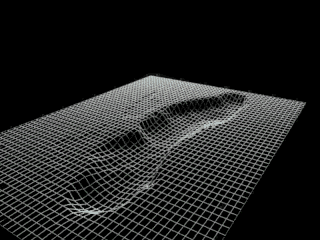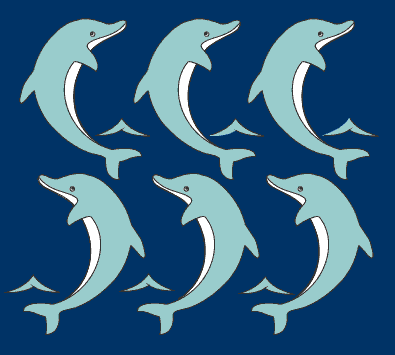Geography
The Black Sea is the most isolated from the World Ocean - connected to the Oceans via the Mediterranean Sea through Istanbul, Canakkale (Turk Straits) and Gibraltar straits and with the Sea of Azov in the northeast through the Kerch Strait. The ratio of its surface and its catchment area exceeds 6. For this reason, the Black Sea is very vulnerable to pressure from land based human activity and its health is equally dependent from the coastal and non-coastal states of its basin.
| The Black Sea Bathhymetry |
|---|
 |
| The Black Sea in Figures: | ||
|---|---|---|
| Geographical Coordinates: | 46°33' - 40°56N and 27°27' - 41°42' E | |
| Drainage area | 2 000 000 |
km2
|
| Total shoreline (without Sea of Azov shoreline) | 4 340 | km |
| Bulgaria | 300 | km |
| Georgia | 310 | km |
| Romania | 225 | km |
| The Russian Federation | 475 | km |
| Türkiye | 1 400 | km |
| Ukraine | 1 628 | km |
| Area of Water Surface | 432 000 | km2 |
| River inflow | 340,6 | km3 |
| Water volume | 547 000 | km3 |
| Maximal depth | 2 212 | m |
| Salinity | 18 - 22 | pro mil |
| Average fresh water balance | 3.7 - 441 | km3 |
| Black Sea biological species | ||
| Fungi, algae, higher plants | 1 619 | |
| Invertebrates | 1 983 | |
| Fishes | 168 | |
| Marine mammals | 4 | |
The large European rivers, the Danube, Dnieper and Don via the Sea of Azov, flow into this sea but its only tenuous link with other seas is with the Mediterranean through the Bosphorus Strait, the Sea of Marmara and the Dardanelle. The Bosphorus is essentially a narrow elongated shallow channel approximately 31 km long, with a width varying between 0.7-3.5 km and a depth of 39 to 100 m.
The main rivers: Rioni, Kodori and Inguri Chorokh, Kyzyl-Irmak, Eshil-Irmak, Sakarya, Southern Bug and Dnister also flow into the Black Sea.
The seabed is divided into the shelf, the continental slope and the deep-sea depression. The shelf occupies a large area in the north-western part of the Black Sea, where it is over 200 km wide and has a depth ranging from 0 to 160 meters. In other parts of the sea it has a depth of less than 100 m and a width of 2.2 to 15 km. Near the Caucasian and Anatolian coasts the shelf is only a narrow intermittent strip.
The thin upper layer of marine water (up to 150 m) supports the unique biological life in the Black Sea ecosystem. The deeper and more dense water layers are saturated with hydrogen sulfide, that over thousands years, accumulated from decaying organic matter in the Black Sea. Due to the unique geomorphological structure and specific hydrochemical conditions, specific organisms, basically on the level of protozoa, bacteria, and some multi-cellular invertebrates inhabit the deep-sea waters. Knowledge about biological forms of life in the deep waters of the Black Sea is very limited. The disturbance of the natural balance between the two layers could trigger irreversible damage to the people and ecosystem of the Black Sea.



